The kissing ceremony and other ancient rules of Russian etiquette that amazed foreigners
Categories: History
By Pictolic https://pictolic.com/article/the-kissing-ceremony-and-other-ancient-rules-of-russian-etiquette-that-amazed-foreigners.htmlThe simplest rules of etiquette appeared as soon as people began to live in society. They progressed and changed, sometimes taking unusual forms. Different peoples had their own customs, which often seemed strange to their neighbors. In Ancient Russia, there were established procedures that surprised guests from Europe and Asia.
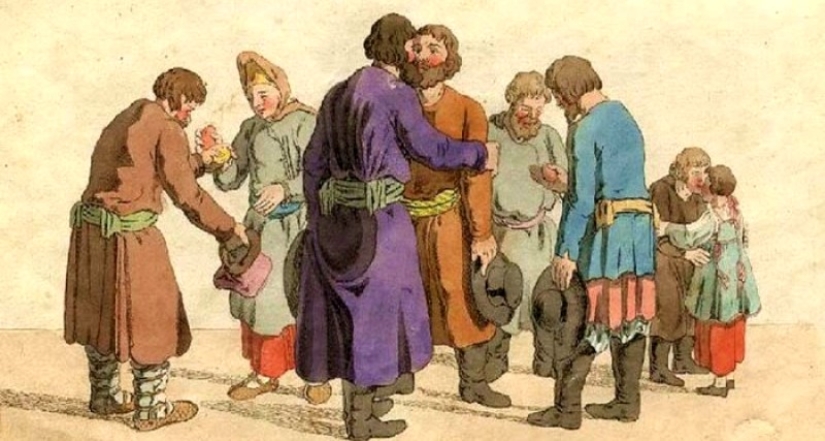
Since ancient times, a kiss has been considered a sign of the highest disposition. It meant a sincere desire for health and prosperity. Of course, we are not talking about the kiss of lovers, but about the signs rendered to respected and dear guests. In the word "kiss" the root is "whole", meaning integrity and prosperity.
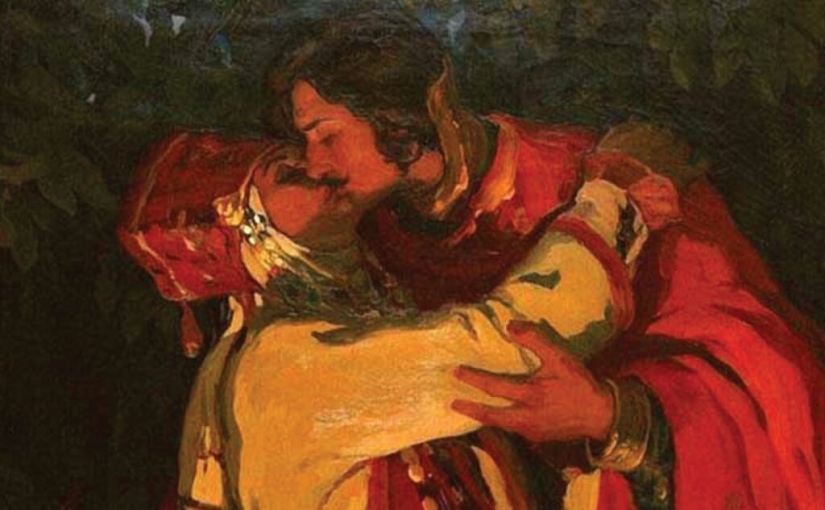
Until the 17th century in Russia there was a complex and unusual kissing ritual that surprised foreigners. It began with the fact that the hosts and guests exchanged deep bows. Then they drank from a shared glass of wine and after that the guests kissed on the lips ... the wife of the owner.
Russians loved and knew how to kiss. So they greeted and said goodbye, and also expressed their respect and devotion. An influential gentleman was kissed on the hand, and the most important persons, such as princes, were kissed on the shoes, sprawled on the ground. In everyday communication, a person standing on the social ladder below could kiss a more respected person on the shoulder. He answered him with a kiss on the head.
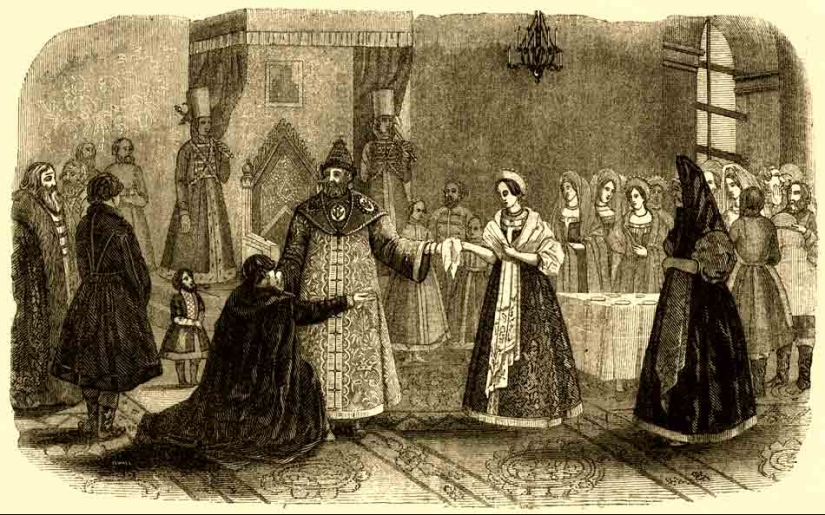
Not all diplomats could kiss the sovereign's hand. As a sign of special favor, envoys were allowed "to the hand", but only those who came from Christian countries. Gentiles were not allowed to do this, and the greeting ceremony was limited to numerous bows and verbal wishes. A kiss at parting also had a special meaning. It was believed that it symbolizes forgiveness, which is given to each other by parting.
In addition to kisses, bows have always been loved in Russia. There were many varieties of them for all occasions. When meeting a friend on the street or as a sign of gratitude, you could tilt your head. The peasants, meeting a gentleman or a clergyman, bowed down to the ground. For equals, a "small custom" was established, that is, a bow "in the belt".
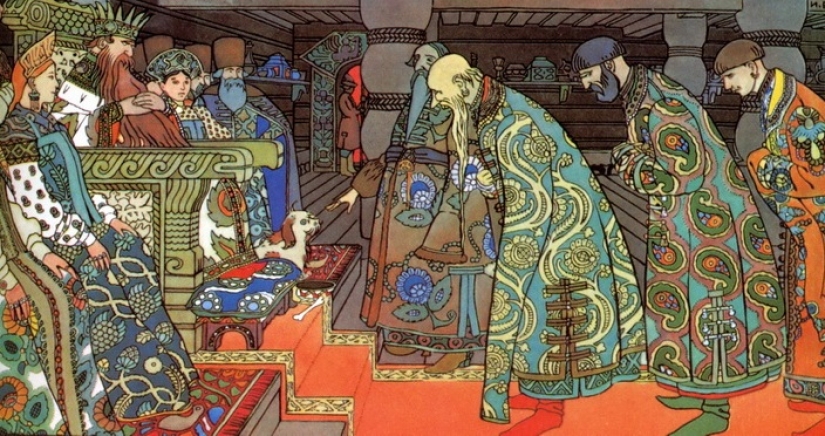
Everyone bowed to each other: wife to husband, children to parents, guests to hosts, petitioners to officials. The meaning of the bow was that the head of the person bowing was carried outside the body. It was as if it was offered to another as a sign of trust, because the head was considered the receptacle of life.
There was a special attitude to hats. They were not just a piece of clothing, but a special symbol. Everyone wore hats. If an adult man appeared in public without a hat, then he was considered inferior, defective. Only children and teenagers could run around the street with their heads uncovered. The peasant, having married, acquired a new status and from that moment the hat accompanied him everywhere. Women also covered their heads, most often with headscarves.
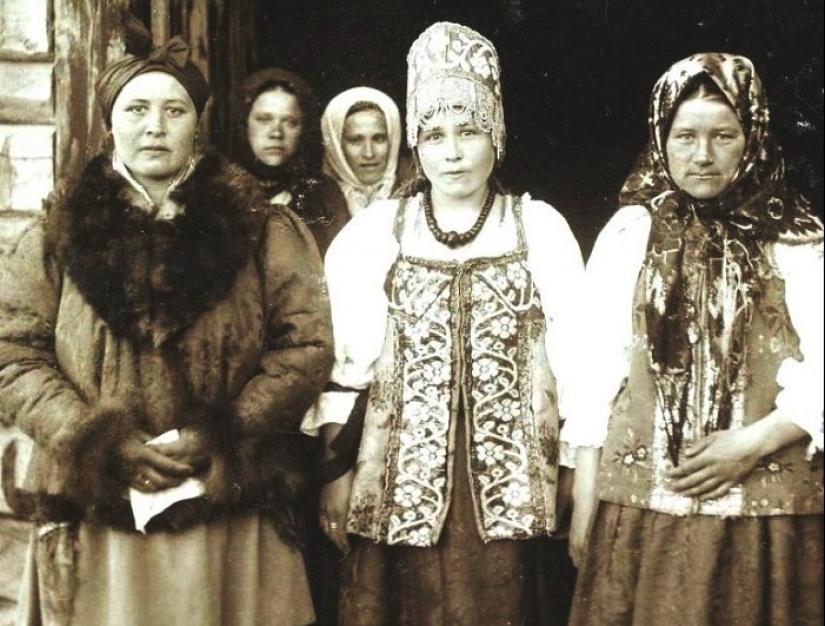
The hat was removed in front of respectable people, entering the church and at the table. At the same time, the rule concerned only men — women could remain in headdresses. There was a special bias towards females who did not cover their heads. The appearance of a married lady in front of strangers without a headdress could even be interpreted as adultery. A torn headscarf was regarded as a terrible insult.
The saying that "there is no truth in the feet" came to us from Ancient Russia of the pre-Christian period. When a person stood, it symbolized his precarious position, vulnerability. Therefore, those who were lower in rank stood in the presence of the seated gentlemen. Princes and tsars had to sit most of all in Russia. A ruler firmly occupying his throne is a symbol of the inviolability of state power. When the ruler stood up to meet the guest, it was a sign of the highest disposition.
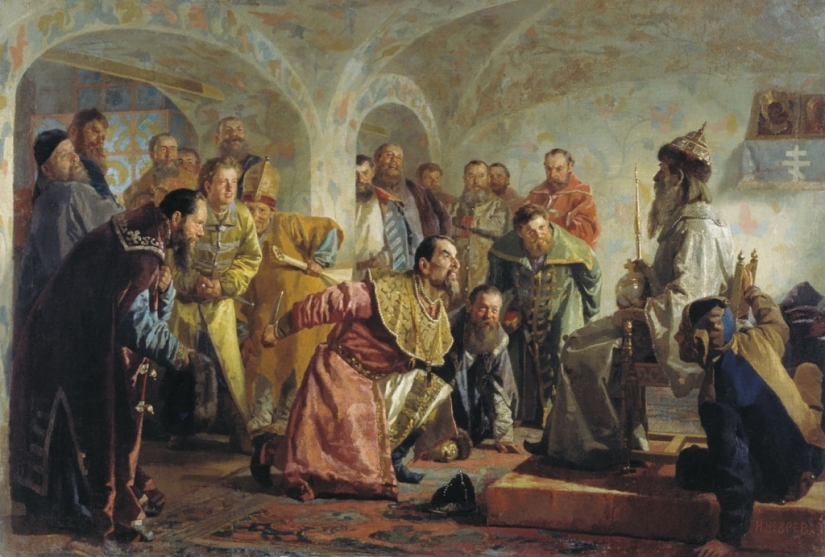
There was a real cult of the seat. It was considered bad form to eat standing up, and therefore the food was taken only sitting down. It was decided to "sit down on the path" before a long journey. In society, the place where a person sat was judged on his status. The most high-ranking nobles sat at feasts near the tsar. Dear guests were seated "by the right hand" from the host and even at the head of the table. In the peasant environment, there was also a hierarchy during planting, which could not be violated.
A handshake is the most common greeting these days. It doesn't even occur to anyone to look for some hidden meaning in it. We extend our hand when meeting, saying goodbye, making a promise and securing a deal. In the old days, our ancestors were sure that a handshake had magical power.
It was believed that a handshake could give strength, heal from ailments or, conversely, cause damage. In the 16th century, the handshake of a man and a woman was considered obscene. Even during the holidays, when they were dancing, the guys could not take the girls by the hand. It was believed that this entails "obscene voluptuousness."
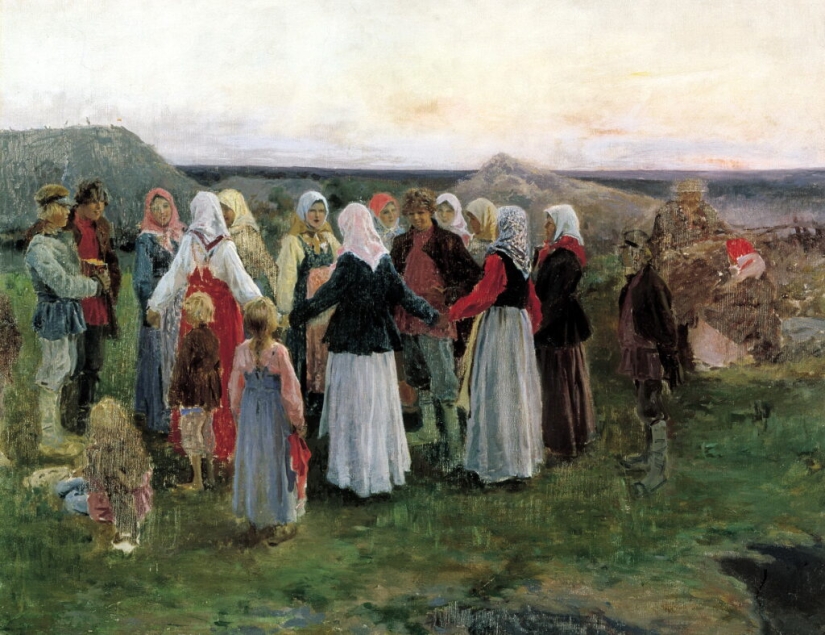
At the conclusion of the transaction, they "hit their hands." It was a special, business-like form of handshake, adopted by merchants and other trading people. Most often, handshakes of a ritual nature, including "needlework", were performed with a covered hand, that is, without removing a glove or glove. This one was supposed to protect against evil intent and evil spells. But they greeted each other only with uncovered hands, showing openness and full trust.
There were a number of rituals with a handshake. For example, in some regions of Russia shepherds went to the forest in the spring to shake hands with the devil. To do this, thick woolen mittens were put on the hands, and a large woven straw one was also put on the right. This rite was supposed to be a kind of contract with the forest spirit, which was symbolically offered to take part of the cattle. Our ancestors believed that after that the goblin would protect the cattle from predators and would not let them get lost in the forest.
Recent articles

Sandy beaches grey, brown or even white shade is quite usual for us. Even rocky beaches with sharp cliffs that attract the bravest ...

What if you don't want to bother, but wishes to earn $ 300 million? A bit of options and the best of them found the two lover ...

A good imagination and ability to think creatively is, of course, fine. But even here it is necessary to know the measure! And two ...